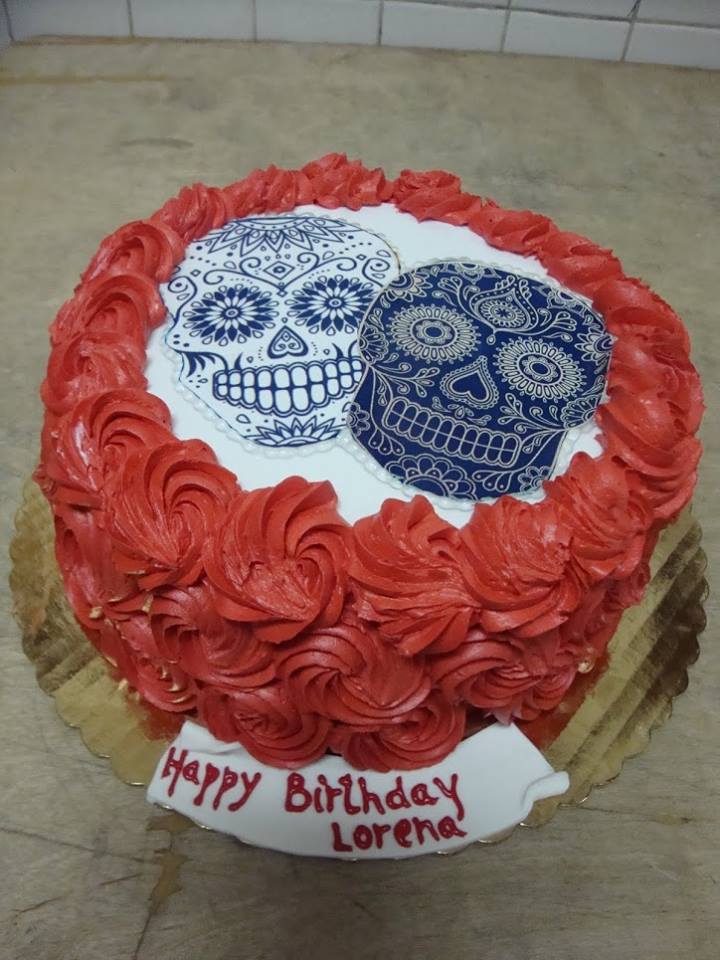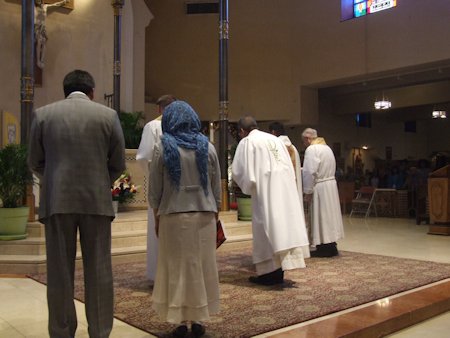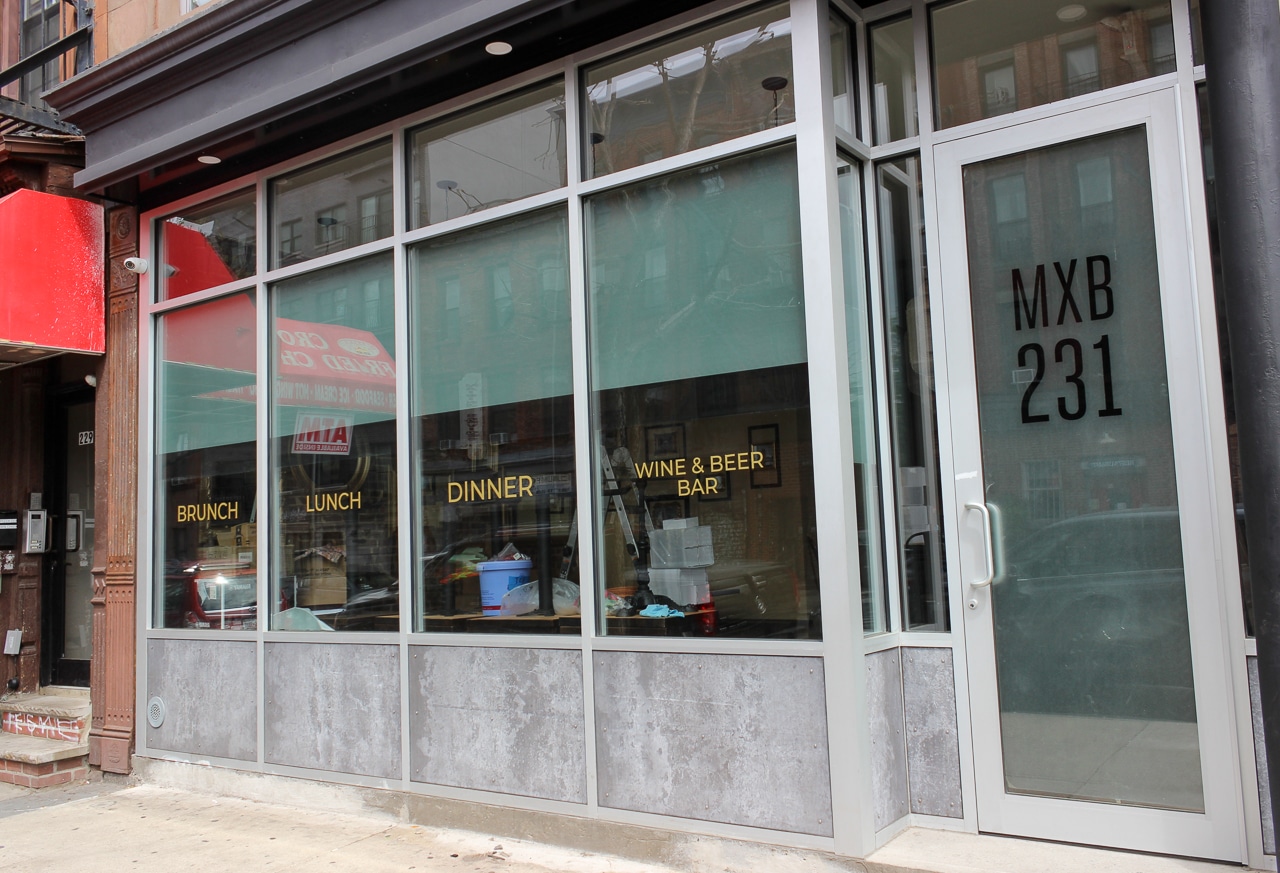How Ditmars Boulevard Went From Troubled Waters to a Busy Downtown
The name Ditmars, or Ditmas, appears more than once in the NYC street directory. The Bronx has a Ditmars Street in City Island, while Brooklyn has a Ditmas Avenue through Kensington and namesake Ditmas Park, which turns into Avenue D and then continues as Ditmas through East Flatbush and Brownsville. And then in Astoria there’s…

The name Ditmars, or Ditmas, appears more than once in the NYC street directory. The Bronx has a Ditmars Street in City Island, while Brooklyn has a Ditmas Avenue through Kensington and namesake Ditmas Park, which turns into Avenue D and then continues as Ditmas through East Flatbush and Brownsville.
And then in Astoria there’s Ditmars Boulevard, named for Abram Ditmars, the first mayor of Long Island City, New York, elected in 1870 (the city became a mere neighborhood when Queens became a part of Greater New York). His ancestors were German immigrants who settled in the Dutch Kills area in the 1600s.
Ditmars Avenue was laid out in the late 1800s, and during the 1910s — during Queens’ big changeover to a consistent street-numbering system — many busy roads were renamed as boulevards, and Ditmars was one of them.
On the present Queens map, Ditmars Boulevard stands in place of 22nd Avenue. Coincidentally, Brooklyn has no 22nd Avenue, either; its place is taken by Bay Parkway, even though the elevated F train at McDonald Avenue’s Bay Parkway station stubbornly persisted in subtitling it 22nd Avenue until a short time ago.
Hell Gate Bridge
Bridge Over Troubled Water
Ditmars Boulevard begins at Shore Boulevard at the north end of Astoria Park, and views of the East River and the Hell Gate Bridge are prominent here.
The Hell Gate Bridge was the final piece in the puzzle of running passenger railroad trains into Midtown Manhattan. The tubes connecting Long Island with Penn Station opened in 1910, and Hell Gate Bridge, connecting Long Island with the mainland, opened in 1916 as the lengthiest steel arch bridge in the world until surpassed by the Bayonne Bridge in 1931.
“Hellgat” means “beautiful strait” in Dutch, but it lived up to its English transliteration as an extraordinarily dangerous stretch of water. This was due to conflicting currents of the East River and Long Island Sound, as well as rocks in the strait that made it treacherous for shipping until 1885, when the rocks were detonated into rubble and the remnants built into Mill Rock. The construction was overseen by Gustav Lindenthal, who worked on the Williamsburg and Queensboro bridges as well. In the mid 1990s it was painted a deep maroon, which the sun has faded to light magenta.
A Former Ditmars Landmark
At 26th Street, there’s a ramp leading from Ditmars Boulevard north to a dead end, with a pair of gateposts. St. John’s Prep high school, formerly Mater Christi High School, now occupies the rear of the site.
Postcard showing River Crest Sanitarium
The ramp and gatepost are all that remain of River Crest Sanitarium, established here in 1896. Note the name of the asylum’s founder, “Jno. Jos. Kindred, M.D.” There is a Kindred Building on 31st Street near Ditmars, most likely named for U.S. Rep. John J. Kindred (1864-1937), a Virginia native who moved to Queens and was elected to the House of Representatives, serving from 1911-13 and 1921-29.
Kindred, a physician by trade, founded several mental hospitals in Connecticut, New York and New Jersey. He was also a practicing attorney. River Crest Sanitarium had closed by 1961.
Immaculate Conception Church
Entering Steinway
Immaculate Conception Roman Catholic Church — established in 1924, with the present church at Ditmars Boulevard and 29th Street constructed in 1935 — ushers in the northwestern boundary of the sub-neighborhood of Steinway. It was named for the piano manufacturer Steinway and Sons (more specifically the firm’s founder, German immigrant Henry Steinway), which still retains a complex at 20th Avenue and 38th Street.
Ditmars Boulevard functions as the main northwest-southeast shopping strip, with 31st Street assuming the role on the other axis (Steinway Street is mainly residential north of the Grand Central Parkway).
A Longtime Neighborhood Mainstay
Though Astoria is best known for its Greek-American population, Steinway has some Italian and Irish pockets as well; Immaculate Conception offers services in Italian (as well as Spanish).
La Guli Pastry (an older sign said “pasticceria”) has been in business at this location since its establishment in 1937 by Paolo Notari, an immigrant from Palermo. The bakery is still run by the Notaro family.
Many of the store’s original fixtures, such as wood counters, checkerboard flooring, and curved-glass storefront windows. Italian pastry favorites such as cannoli, tricolor cookies, Italian ices and gelato are among the many offerings.
31st Street looking south from Ditmars Boulevard
The Train to Ditmars
The BMT Astoria Line (N and Q trains) has its terminal here mid-block on 31st Street (formerly Debevoise Avenue) between 23rd Avenue and Ditmars Boulevard. It opened as part of the IRT in February 1917 and in its early days, its el trains crossed the Queensboro (59th Street) Bridge and ran on an el spur to Grand Central Terminal on East 42nd Street.
The opening of the BMT 60th Street Tunnel in 1920 allowed BMT trains to reach Queensboro Plaza, and a massive interchange station was built there. The BMT couldn’t run on either the Flushing or Astoria els — its cars were too wide — so shuttles had to be established to allow the BMT to use those els.
Finally, in 1949, modifications to platforms were made to allow the BMT access, and so the Astoria became the province of the BMT, and Flushing the IRT. The Queensboro Bridge connection was severed in 1942 along with the demise of the 2nd Avenue El in Manhattan.
Related Stories
Happy Birthday, Hell Gate Bridge
End of the N
Sandwich Bar on Ditmars Boulevard

















Stupid article about a great neighborhood
I don’t like the title! Makes it sound like Ditmars (Astoria) was once not a desirable place to live, which was never the case! My grandparents bought their first house on 23rd ave in the 40s and it was just as beautiful as it is today! True Astoria once had a large Greek population but Astoria was always predominantly Italian and still is, especially Dirmars! I don’t see the relevance of Ditmas Ave either, this article was supposed to be about Ditmars Blvd Astoria, and there is only ONE Ditmars Astoria!